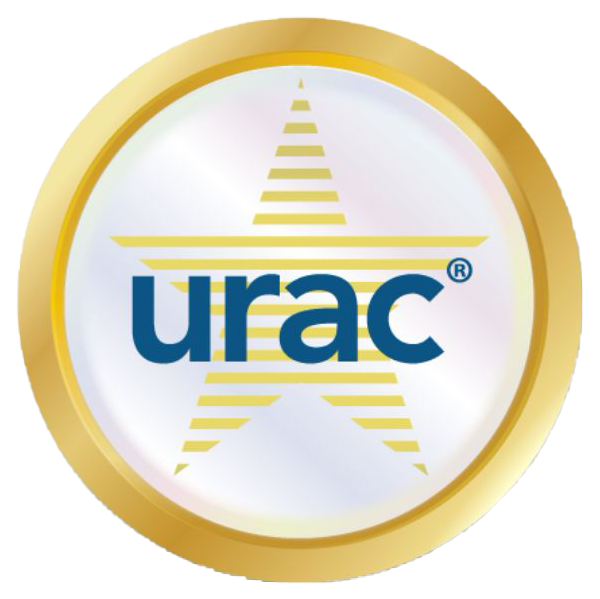Effective Healthcare Solutions
Quality Care Partners has dedicated itself to building better health and reducing the overall spend for all. We integrate cost-containment strategies for payers, physicians, employers, and their employees and partner with select credentialed physicians, hospitals, and healthcare providers to deliver cost-effective quality healthcare.
Results
$8620577
Annual Medical Management Employer Savings$577
On average, we save employers$577 per employee annually.














 Site developed & maintained by iTrack, llc.
Site developed & maintained by iTrack, llc.